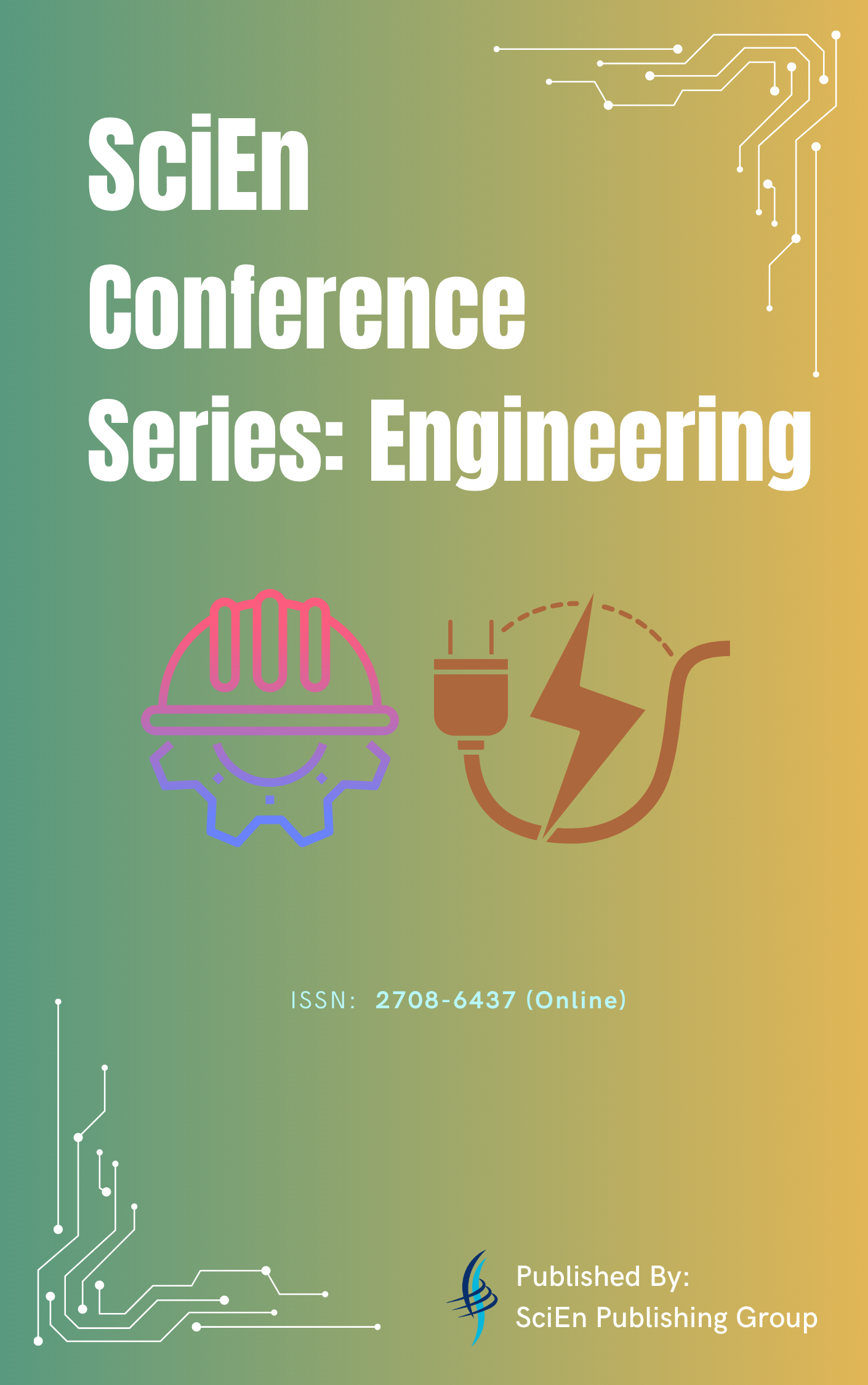Thermal Hydraulic Analysis of a Nuclear Reactor Due to Loss of Coolant Accident With and Without Emergency Core Cooling System
DOI:
https://doi.org/10.38032/jea.2020.02.004Keywords:
LOCA, VVER-1200, PCTRAN, ECCS, Thermal-hydraulic BehaviorAbstract
This paper evaluates the thermal hydraulic behavior of a pressurized water reactor (PWR) when subjected to the event of Loss of Coolant Accident (LOCA) in any channel surrounding the core. The accidental break in a nuclear reactor may occur to circulation pipe in the main coolant system in form of small fracture or equivalent double-ended rupture of largest pipe connected to primary circuit line resulting potential threat to other systems, unwanted core shut down, radioactivity release into environment. In this computational study, LOCA for generation III+ VVER-1200 reactor has been carried out for arbitrary break at cold leg section with and without Emergency Core Cooling System (ECCS). PCTRAN, a thermal-hydraulic model-based software developed using real data and computational approach incorporating reactor physics and control system. The software enables to test the consequences related to reactor core operations by monitoring different operating variables in the system control bar. Two types of analysis were performed -500% area break at cold leg pipe due to small break LOCA caused by malfunction of the system with and without availability of ECCS. Thermal hydraulic parameters like reactor pressure, critical heat flux, temperature distribution in different sections of reactor core have been investigated. The flow in reactor cooling system, steam generators steam with feed-water flow, coolant steam flow through leak, power distribution in core and turbine were plotted to analyze their behavior during the operations. The simulation showed that, LOCA with unavailability of ECCS resulted in core meltdown and release of radioactivity after a specific time.
References
Gidropress. “Status report 108 - VVER-1200 (V-491),https://aris.iaea.org/PDF/VVER-1200(V-491).pdf’’2011,Advanced Reactors Information System (ARIS).
Gidropress. “Status report 107 - VVER-1200 (V-392M), https://aris.iaea.org/PDF/VVER-1200(V-392M).pdf’’ 2011 Advanced Reactors Information System (ARIS).
C. VITANZA, “DISCUSSION ON EXPERIMENTAL METHODS TO DERIVE LOCA SAFETY LIMIT” Journal: 經濟研究, 2018, Session 3, pages 224-232.
https://wwwpub.iaea.org/MTCD/publications/PDF/te_1320_web/t1320_part2.pdf
Ghafari, M., Ghofrani, M.B. and D'Auria, F., 2018. Boundary identification between LBLOCA and SBLOCA based on stratification and temperature gradient in two-phase PTS. Annals of Nuclear Energy, 115, pp.430-441.
Mollah, A.S., 2018. PCTRAN: Education Tool for Simulation of Safety and Transient Analysis of a Pressurized Water Reactor. International Journal of Integrated Sciences and Technology, 3, pp.1-10.
Ibrahim, S.J., Ewim, D.R. and Edeoja, O.A., 2013. Simulation of Safety and Transient Analysis of a Pressurized Water Reactor using the Personal Computer Transient Analyzer. Leonardo Electronic Journal of Practices and Technologies, 22, pp.93-105.
Cheng, Y.H., Shih, C., Jiang, S.C. and Weng, T.L., 2008. Development of accident dose consequences simulation software for nuclear emergency response applications. Annals of Nuclear Energy, 35(5), pp.917-926.
Cheng, Y.H., Shih, C., Jiang, S.C. and Weng, T.L., 2008. Improvement of accident dose consequences simulation software for nuclear emergency response applications. Annals of Nuclear Energy, 35(10), pp.1864-1877.
Khan, A.H. and Islam, M.S., 2019. A Pctran-Based Investigation On The Effect Of Inadvertent Control Rod Withdrawal On The ThermalHydraulic Parameters Of A Vver-1200 Nuclear Power Reactor. Acta Mechanica Malaysia (AMM), 2(2), pp.32-38.
Fyza, N., Hossain, A. and Sarkar, R., 2019. Analysis of the thermal-hydraulic parameters of VVER-1200 due to loss of coolant accident concurrent with loss of offsite power. Energy Procedia, 160, pp.155-161.
Saha, A., Fyza, N., Hossain, A. and Sarkar, M.R., 2019. Simulation of tube rupture in steam generator and transient analysis of VVER-1200 using PCTRAN. Energy Procedia, 160, pp.162-169.
Downloads
Published
Issue
Section
License
All the articles published by this journal are licensed under a Creative Commons Attribution-NonCommercial 4.0 International License

